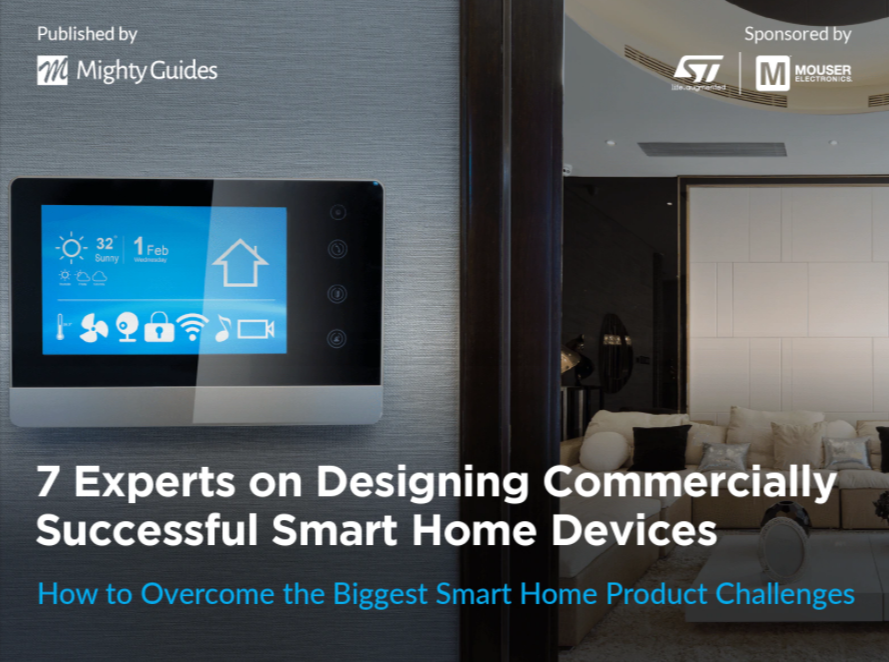
Anoop Mohan, Senior Vice President, Vice President, Director, Samsung SmartThings, Comcast and Cisco
- Packing too much compute power into sensors results in them consuming a lot of power, makes software upgrades difficult, and creates security vulnerabilities in your control system network.
- Today’s edge computing devices can run anything that you would run in the cloud, including data processing and learning algorithms for smart control functions. In
addition to using lower-cost sensors, this architecture supports fast, easy system upgrades.
“User Experience is key for systems to scale and should be addressed holistic across technicians, administrators and end users.”
User experience is a key factor in the success of smart building products. But what exactly is user experience, and who are the users?
People typically think of user experience as software-driven functionality that makes it easier for users to set up and control their devices. This definition is accurate for smart home consumer products, but user experience is more complex in commercial smart buildings. In those environments, you have technician-installed systems, facilities management administering those systems, and potentially many employees interacting with a device or control system. In such cases, system design can also affect user experience and influence total cost of ownership (TCO), another important factor in product success.
Anoop Mohan, who has held positions as Senior Vice President, Vice President and Director of Product at Samsung, Comcast and Cisco respectively, points out other constraints that affect smart building systems. One is the time it takes to install a system. In the past, installing systems with sensors required stringing a lot of wire—expensive and time-consuming, especially if you’re retrofitting a home or commercial building. “Those days are gone because you cannot scale if it takes so long for a technician to install something,” Mohan says. “Making the process quick and easy for the installer is important.” Another constraint is that most businesses lease the space they occupy. Installing core building automation systems, such as heating, ventilation, and air conditioning, could involve costly building alterations that would require permission from building owners. “A tenant has little control,” Mohan says. “As a solution designer, you can have much great success with smart control systems that work on top of existing equipment. Now, you’re talking about tailoring sensor hardware and controls to the solution. Focus on use cases that don’t require core, building framework–level changes.”



